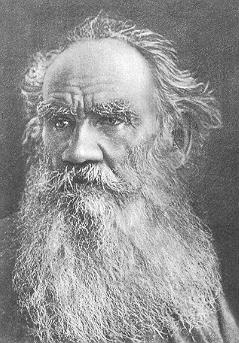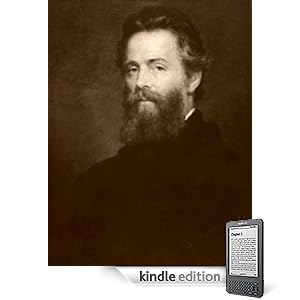
I've had three in my life, unless you count the shirt I wore on the first day of kindergarten. It was royal blue with the word "BREAKIN'" emblazoned across the front in white puffy letters. I didn't have any break-dancing skills back then, but I wore it anyway with significant pride.
But that was before I knew what a dork was, so it probably doesn't count. Besides, it's one of those things that's dorky in retrospect, which also kind of disqualifies it from the running.
 I purchased my first real dork shirt in 1994 in a Civil War bookstore in Nags Head, North Carolina. It was a gray XL t-shirt with the face of Union Colonel Joshua Lawrence Chamberlain centered within a circular gold frame flanked by Union and Confederate flags. At the time, I was in the middle of a serious Civil War phase, which had been inspired by both Ken Burns and the overly-long 1993 film Gettysburg. Chamberlain is a larger-than-life character in that film. Real hero material. I thought it would be cool to have a t-shirt with his face on it.
I purchased my first real dork shirt in 1994 in a Civil War bookstore in Nags Head, North Carolina. It was a gray XL t-shirt with the face of Union Colonel Joshua Lawrence Chamberlain centered within a circular gold frame flanked by Union and Confederate flags. At the time, I was in the middle of a serious Civil War phase, which had been inspired by both Ken Burns and the overly-long 1993 film Gettysburg. Chamberlain is a larger-than-life character in that film. Real hero material. I thought it would be cool to have a t-shirt with his face on it.So I bought it, but never wore it in public. I kind of realized how dorky it was, and I was a little uncomfortable with wearing something with the Confederate flag on it. I didn't want anyone thinking I was, you know, racist. But I also didn't want to throw it away. So, I kept it in at the bottom of my t-shirt drawer. It's still there today.
My second dorky t-shirt had a caricature of Leo Tolstoy on it. I bought it at a Half Price Bookstore in 1997. I was a senior in high school and thought of myself as a kind of teenage champion of the working class. Bruce Springsteen music was the soundtrack of my life. I wore work boots and lots of denim everywhere I went. Tolstoy's peasant look gave off the right kind of vibe. What did it matter that I had only read 1/8th of War and Peace and nothing of Anna Karenina?
I'm not sure what happened to the Tolstoy shirt. I remember wearing it a few times to school and no one ever beat me up. Probably because they thought I was wearing a Santa Claus shirt.
Or they didn't give a crap.
Anyway, I probably threw the shirt out when I went to college. I was really into art back then, so it's possible that it got too stained with paint and India ink.
 Yesterday I bought my most recent dork shirt. I was at Kohl's looking for a "cool" shirt when I came across a tan t-shirt with several Marvel Comics characters on it. It was pretty fly and on the discount rack ($4.00!). I grabbed it without hesitation. More than one cashier told me I got a great deal.
Yesterday I bought my most recent dork shirt. I was at Kohl's looking for a "cool" shirt when I came across a tan t-shirt with several Marvel Comics characters on it. It was pretty fly and on the discount rack ($4.00!). I grabbed it without hesitation. More than one cashier told me I got a great deal.When the midnight showing of Captain America: The First Avenger rolls around, I know what I'll be wearing. Cap himself figures pretty prominently on the shirt. I'll be the envy of dorks everywhere. A real-life true believer.
Of course, I'm not sure how often I'll wear my Marvel Comics t-shirt. In reality, I'm not much of a t-shirt kind of guy anyway, especially when I wear pants. And my wife has already told me that I can't wear it with khaki shorts--apparently, tan shorts with a tan shirt looks lame--so that leaves me with a lot fewer options.
Dork shirts, I guess, are made to be bought and stuffed into drawers until dorky things like midnight movie premieres, Civil War reenactments, or comic book conventions make them socially acceptable to wear. That's fine with me. I get a kick out of buying them, not wearing them. Besides, I'm not really the kind that needs a t-shirt to proclaim his dorkiness. I do that well enough on my own.


